Hundreds of thousands of Somalis have been cut off from safe water in recent months due to major humanitarian funding shortfalls, warns the Norwegian Refugee Council (NRC).
The collapse of water, sanitation, and hygiene services is fueling the spread of cholera and acute watery diarrhoea, leaving vulnerable communities at risk of deadly disease outbreaks.
Over 300,000 People Lost Access to Safe Water
More than 300,000 people, mostly displaced families in overcrowded camps and rural areas, have lost access to safe water as agencies are forced to scale back or shut down water trucking and sanitation systems.
Funding for Somalia’s water and sanitation services currently stands at less than 12% of what is needed, pushing aid agencies to make difficult choices amid rapidly growing needs.
At the start of 2025, the United Nations appealed for $1.42 billion to assist 4.6 million Somalis.
Yet only 17% of the funding target has been met, forcing a reduction in planned humanitarian response by 72%—reaching just 1.3 million people at a cost of $367 million.
Humanitarian Cuts Driving Disease Outbreaks
“These cuts are costing lives,” said Mohamed Abdi, NRC’s Country Director in Somalia.
“More than three million people are being left without aid, and we are already witnessing a sharp rise in waterborne diseases, particularly among children under five.”
From January to July 2025, Somalia recorded over 6,550 cholera and acute watery diarrhoea cases, including nine deaths.
More than 1,000 new cases were reported in the past month alone, with nearly two-thirds classified as severe. Half of the patients were children under five.
Health Services on the Brink of Collapse
The lack of safe water has forced the closure of over 150 health facilities, while mobile health teams in Southwest State dropped from 74 to just 25.
This drastic reduction has left entire communities without healthcare or emergency services.
Displaced mother Hawa Ali, living with her eight children in Baidoa, described the devastating reality:
“Before, we could fetch water from a nearby water point.
Now we walk for hours looking for water, and sometimes there is none. Our children fall sick, and we have no solution.”
Regions Hit Hardest by the Water Shortage
The worst-affected areas include Bay, Bakool, Gedo, Galgaduud, Hiraan, Mudug, and Lower Shabelle, where humanitarian-run water systems have collapsed.
In drought-hit regions, safe water prices have nearly doubled from $70 to $130 for 10,000 liters—unaffordable for many families.
In Puntland, authorities are appealing for help for 800,000 people whose water sources have dried up. While Somaliland faces a drought emergency, with 650,000 people in urgent need of assistance.
Somalia at Breaking Point
Somalia is at the brink of a humanitarian catastrophe, driven by ongoing conflict, climate shocks, and reduced international support.
Abdi stressed:
“This is a man-made disaster. Every day we see children too weak to walk, empty jerrycans, and preventable deaths.
The world still has a chance to act before this crisis worsens further.”


